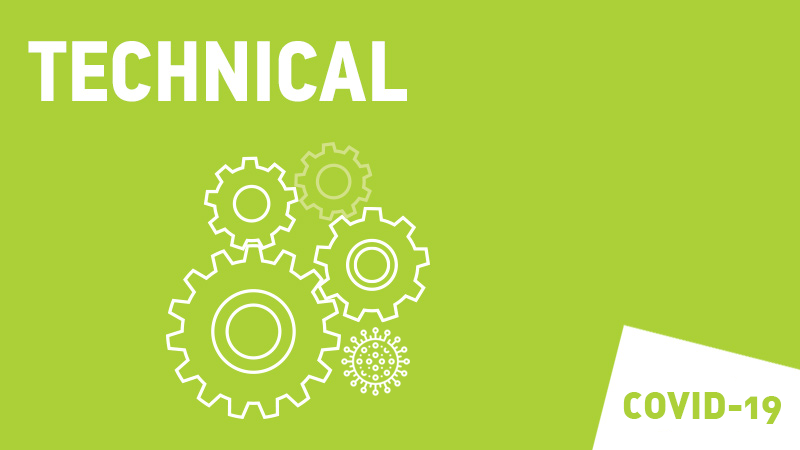02 May 2024
The EU has published 15 topics under the LIFE CET Call 2024, with a total 81 million EUR of EU funding.
1 min read
Eurovent is the European Industry Association for Indoor Climate, Process Cooling, and Food Cold Chain Technologies. Its members from throughout Europe represent more than 1.000 companies, the majority small and medium-sized manufacturers.

Have a look at our comprehensive calendar showing all meetings of the different Eurovent groups, as well as external events interesting for all stakeholders from the HVACR industry.
This section allows you to download all kinds of publications from Eurovent, such as Eurovent Recommendations (‘Codes of Good Practice’), Guidebooks, Position Papers, FAQs, and others. All publications produced by Eurovent can be downloaded free of charge.
Check out our NewsHub to stay up to date on Eurovent activities and much more through our News and Press Releases, regularly published in this section.
Eurovent is organised into sectoral expert groups focussed on certain products and technologies. These so-called Product Groups bring together manufacturers of those specific technologies, which cooperate to shape and develop standards, legislation, and industry codes of good practice in their sector.
Stay up to date on the latest policy developments affecting the HVACR industry.

Eurovent is the European Industry Association for Indoor Climate, Process Cooling, and Food Cold Chain Technologies. Its members from throughout Europe represent more than 1.000 companies, the majority small and medium-sized manufacturers.